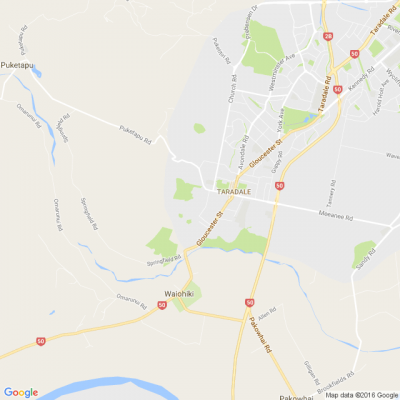
Know what’s happening
Access the private noticeboard for verified neighbours near you. Keep informed about any suspicious activity, send urgent updates to your neighbours when required and discuss emergency planning.
Get to know your neighbours
Browse the directory and start getting to know your neighbours. Don’t want to post to the whole neighbourhood? Send a private message.
Buy, sell and give away
Want to declutter your garage? Buy some used household items? Give away some garden stuff? Become a verified neighbour to browse and post items for sale. Trading is simple when everyone lives nearby.

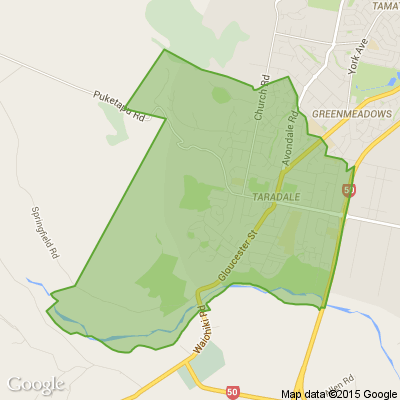
It is the weekend!
List your pre-loved gems in Neighbourly Market.

Thank you for using Neighbourly
You may receive an email confirmation for any offer you selected. The associated companies will contact you directly to activate your requests.
Robert Anderson from Curtain Clean (Hawkes Bay Chem-Dry)
When you are looking to buy drapes online there are numerous options available. This leads to confusion and with confusion starts the round of discussions, advice and suggestions. Though you may like some of them. The suggestion will always include linen curtains, linen roman blinds, net curtains, … View moreWhen you are looking to buy drapes online there are numerous options available. This leads to confusion and with confusion starts the round of discussions, advice and suggestions. Though you may like some of them. The suggestion will always include linen curtains, linen roman blinds, net curtains, sheer curtains, thermal curtains, blackout blinds and similar sorts. Most of them are useless, some come close to what you want and out of blue you may find a suggestion that you will find interesting. Even then the best idea that you find does not tick all the boxes. Therefore, we need a practical approach to select the right curtain design.
All curtain types come with their own set of benefits and limitations. No one window treatment option can suffice all the requirements. You will need a set of permutation and combinations and an eye for custom combinations to make your window treatment stand out and give a professional look. All the fabrics, be it linen, velvet, net, thermal or blackout, have their own advantages. One is economical in one way another one proves to be economical the other way. One lets the light in and the other turns a room into a sound and light proof. In this writeup we are going to talk about different curtains and their different benefits.
Linen Curtains
One of the most-simple yet exclusive look can be achieved by using Linen Curtains, drapes and blinds. Not only these are made of natural flax seeds, they come cheap and are available in multiple colours. They help illuminate the rooms with natural light as linen is a low-density fabric. One of the main advantages of using linen fabric is being able to use it in multiple styles such as linen roman blinds, simple drapes hanging over the wall or a simple free flowing curtain design.
Keep reading: www.curtainclean.co.nz...
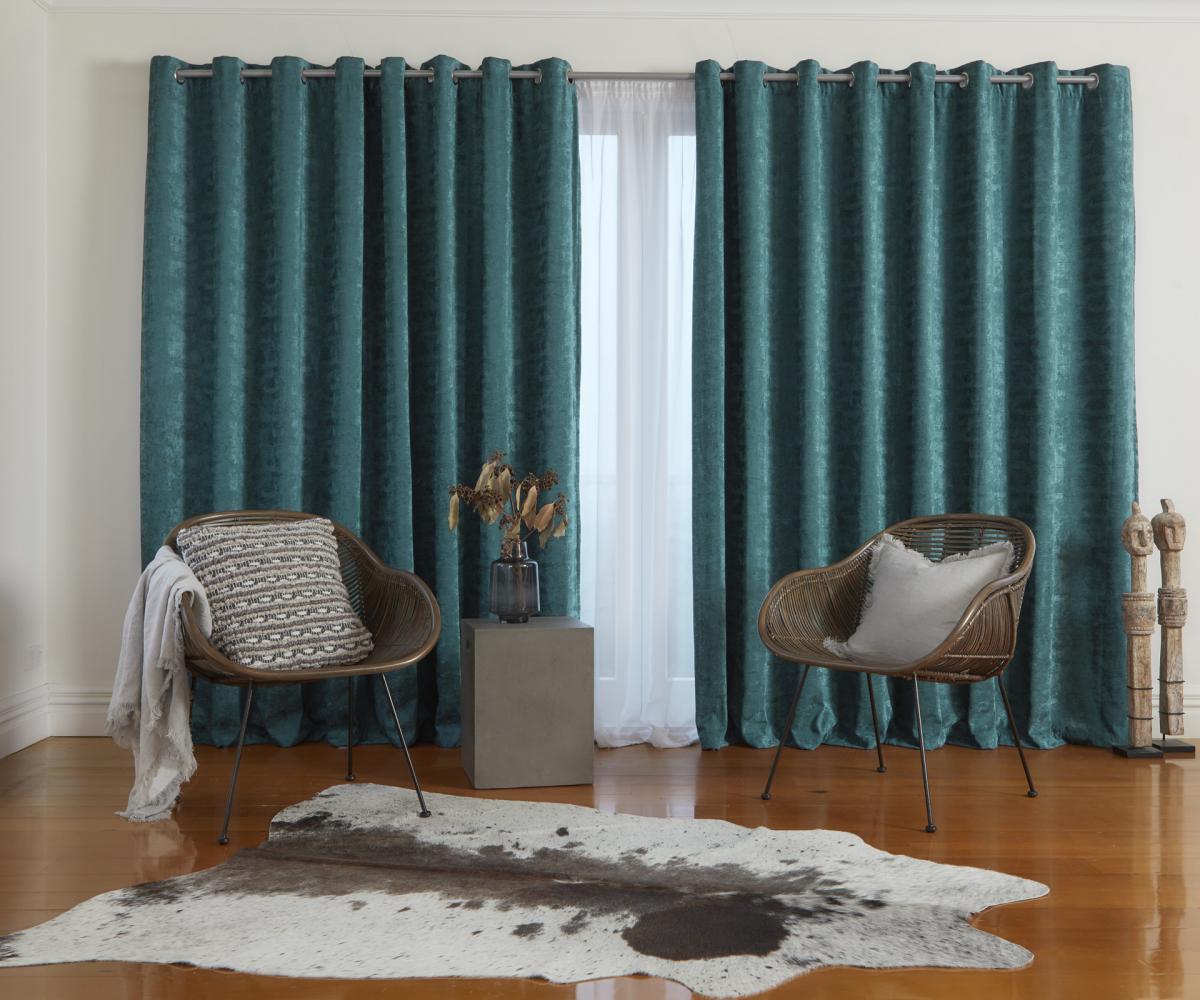
Our pioneering approach to retirement living includes resident-friendly terms designed to protect you and your family.
Ryman’s Peace of Mind Guarantees include terms such as our deferred management fee that is capped at 20 percent, one of the lowest in the retirement sector. Our base weekly … View moreOur pioneering approach to retirement living includes resident-friendly terms designed to protect you and your family.
Ryman’s Peace of Mind Guarantees include terms such as our deferred management fee that is capped at 20 percent, one of the lowest in the retirement sector. Our base weekly fee is fixed for the entire time you occupy your townhouse or apartment*, and comprehensive care can be dialled up as your needs change.
Terms like these provide you with greater confidence to live the way you want. They not only stack up in the retirement industry, they lead the way. *Some conditions apply.
Learn more

Mary Anne from Taradale
At Red Cross Shop 35 Cadbury Rd, Onekawa.
Kathmandu clothing in store. And Autumn wear for you to enjoy!
All summer clothing remains half price.
Negotiable

Mary-Ann from Maths tutoring
I am a retired teacher offering maths tutoring on a one to one basis for years 9 -13. I can help with NCEA levels 1, 2 and 3 in maths with statistics and maths with calculus.
Contact Mary-Ann on 02040179124 at Napier South

Todd Foster from Maidens & Foster Auctioneers Ltd
FULL HOUSE: Tidy Furniture & Chattels
Viewing: Mon 8-5, Tue 8-6 & Wed from 8am
Absentee Bids Welcome
More Photos www.mafa.co.nz... (24 March)
The team at Hoof-it provides our dairy farmers with a professional hoof care service, that is second to none. We cover the north island.
The products available on our webshop are of supreme quality but at the lowest possible prices.
Contact us, so we can help you !!
Website - … View moreThe team at Hoof-it provides our dairy farmers with a professional hoof care service, that is second to none. We cover the north island.
The products available on our webshop are of supreme quality but at the lowest possible prices.
Contact us, so we can help you !!
Website - https://hoofit.nz/
Call us at 021 278 8278
Email - info@hoofit.nz
Find out more
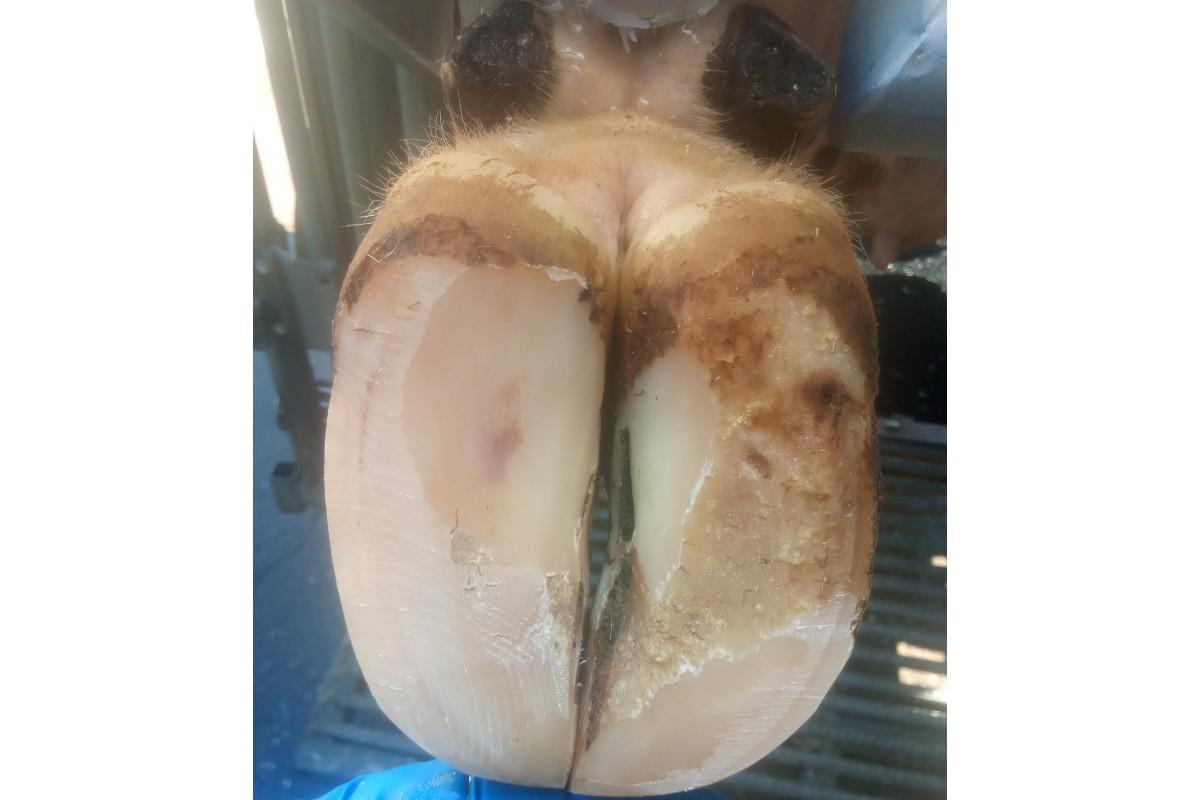
Mary Anne from Taradale
Look for the red SALE flag!
Beautiful handknitted garments - plus slippers, beanies, booties, cushions, rugs. And gorgeous babywear for your newest family member!
Book bargains galore - plus puzzles, DVDs, CDs LPs.
Shop OPEN too. New Season's clothing in store. PLUS specials on handbags … View moreLook for the red SALE flag!
Beautiful handknitted garments - plus slippers, beanies, booties, cushions, rugs. And gorgeous babywear for your newest family member!
Book bargains galore - plus puzzles, DVDs, CDs LPs.
Shop OPEN too. New Season's clothing in store. PLUS specials on handbags and shoes.
Eftpos available.
At RED CROSS 35 Cadbury Rd, Onekawa. Off Austin St. We are easy to find! 8.30 - 2.00 Saturday 27th.
Negotiable
Want to increase your reach by thousands? Now's your chance!
For a limited time only, we're offering you a 3 Month Premium Business listing for FREE.
Usually $150, Neighbourly Premium enables you to build a strong presence in your community. Find friendly locals who want your … View moreWant to increase your reach by thousands? Now's your chance!
For a limited time only, we're offering you a 3 Month Premium Business listing for FREE.
Usually $150, Neighbourly Premium enables you to build a strong presence in your community. Find friendly locals who want your services, introduce your team and share what makes you stand out from the rest.
There's no catches or hidden fees, It's just our small way of saying thank you for playing such an essential part in our communities.
Grab your FREE 3 month Business listing today!
*Limited time only. Ts & Cs apply
Get 3 Months FREE

Did you know that Mt Hutt has one of the longest Ski Seasons on the South Island? 🌞🏂
We can help with all your ski holidays from passes, accommodation, rental car and packages!
Call us now at Hastings 06 878 8858 or Havelock North 06 877 8737 we would love to help ☃️☃️
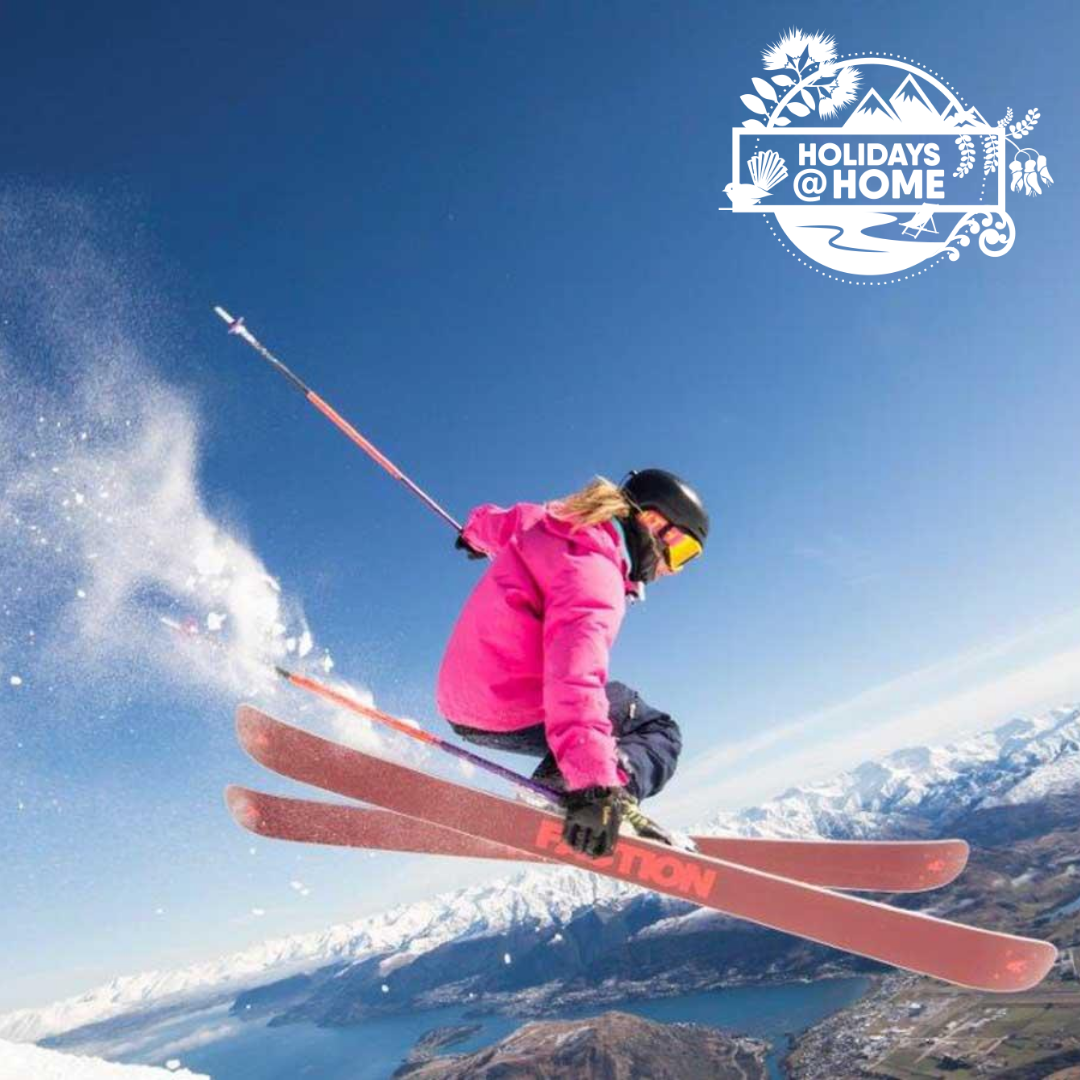
Mei Leng Wong Reporter from NZ Gardener & Get Growing
Subscribe to our free ezine! Follow this week’s guide to growing chicory and radicchio. Harvest flowers for dried arrangements, plant fast-growing Asian greens, look out for cicada damage and wasps and fill gaps in shelter belts before winter.
Build your own sun-lounger and learn how to divide… View moreSubscribe to our free ezine! Follow this week’s guide to growing chicory and radicchio. Harvest flowers for dried arrangements, plant fast-growing Asian greens, look out for cicada damage and wasps and fill gaps in shelter belts before winter.
Build your own sun-lounger and learn how to divide Bearded Irises. Plus go in the draw to win handspreaders from GARDENA and $35 vouchers from Awapuni Nurseries.
Delivered every Friday to your email inbox, Get Growing digital magazine offers seasonal gardening advice from the NZ Gardener magazine's team of experts. Each week we answer all your burning questions on raising fruit and veges and tell you the top tasks to do in your backyard this weekend. Subscribe here.

Do you have old things lying around that you've been meaning to spruce up or recreate? It's time to unleash your DIY skills and bring out your inner artistic spirit. Resene and Neighbourly are challenging everyday Kiwis like YOU to take part in the Resene Upcycling Awards.
Give us … View moreDo you have old things lying around that you've been meaning to spruce up or recreate? It's time to unleash your DIY skills and bring out your inner artistic spirit. Resene and Neighbourly are challenging everyday Kiwis like YOU to take part in the Resene Upcycling Awards.
Give us your all, we want to see your creations! Check out some of last years' entires here.
Take part in the 2021 Resene Upcycling Awards. There are four great prizes worth $500 up for grabs: a $200 Resene voucher and a $300 Prezzy® card!
Learn more

Reporter Community News
Two Hawke's Bay cricket players banned for the season over racial and homophobic slurs are back on the cricket pitch.
The match between year 11-13 students was called off on January 21, after the two players made both racial and homophobic slurs towards the Western Districts XI, which had … View moreTwo Hawke's Bay cricket players banned for the season over racial and homophobic slurs are back on the cricket pitch.
The match between year 11-13 students was called off on January 21, after the two players made both racial and homophobic slurs towards the Western Districts XI, which had players of Sri Lankan, Indian and Pakistani heritage.
Hawke’s Bay Cricket Association (HBCA) did not name the players, but Stuff understands the pair are the sons of former Central Districts representatives Mike Pawson and Craig Findlay, who is chief executive of HBCA.
The initial ban was appealed and the pair are already back playing cricket. Race Relations Commissioner Meng Foon has criticised the reduction in penalty and called for a restoration process.
What do you think of the ban?

Hi All, as the days get cooler and shorter it signals winter is not far away. Now is the time to check your dryer over. Below are some helpful maintenance tips.
1. Clean the lint screen before or after every load. Carefully remove the screen from your dryer, wipe away the lint and clean with a used… View moreHi All, as the days get cooler and shorter it signals winter is not far away. Now is the time to check your dryer over. Below are some helpful maintenance tips.
1. Clean the lint screen before or after every load. Carefully remove the screen from your dryer, wipe away the lint and clean with a used fabric softener sheet.
2. Wipe down your dryer's interior. Even if there are no stains or residue inside your dryer, it's best to clean the interior monthly. Unplug the appliance, then clean the drum with a rag dipped in warm, soapy water or microfiber cloth with rubbing alcohol.
3. Vacuum behind and underneath the dryer. Moisture, dirt and lint can accumulate quickly. Clean around the dryer every three months.
4. Inspect and clean the vent system. Hire professionals to clean your ducts and vent if you notice a decrease in dryer performance. If you have pets or a large family, this could be necessary as often as twice a year. Upgrade the vent hose if needed.
5. Check the exterior exhaust. Air should flow through the vent but is sometimes restricted by debris.
6. Don't overload the dryer with clothes.
If you need to hire a dryer over winter, please call us sooner rather than later as stocks are limited.
Cheers
The team at Mr Rental
06 878 5770
 Loading…
Loading…
Are you sure? Deleting this message permanently removes it from the Neighbourly website.
 Loading…
Loading…

 Buyers $855,000+
Buyers $855,000+



 Marketed by Donna Milburn
Marketed by Donna Milburn

 Buyers $725,000+
Buyers $725,000+



 Marketed by Matt Oliver
Marketed by Matt Oliver
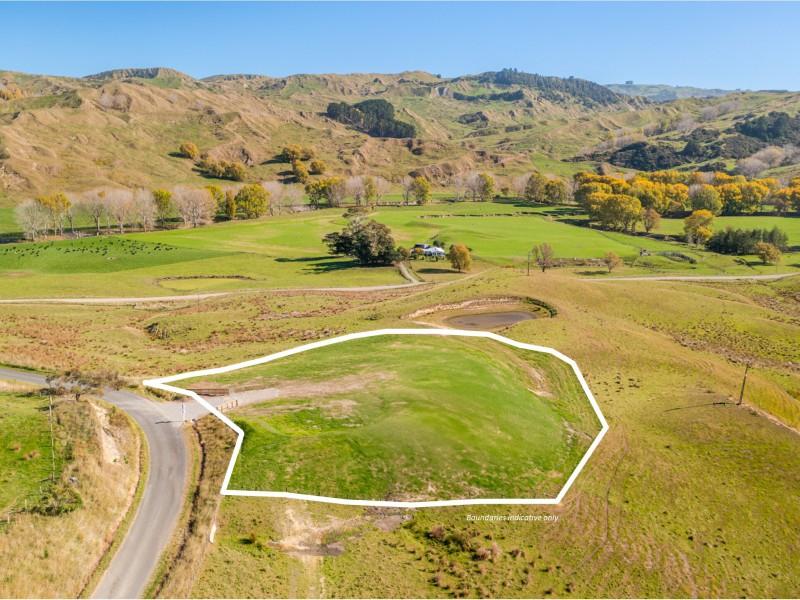
 By Negotiation
By Negotiation

 Marketed by Matt Oliver
Marketed by Matt Oliver
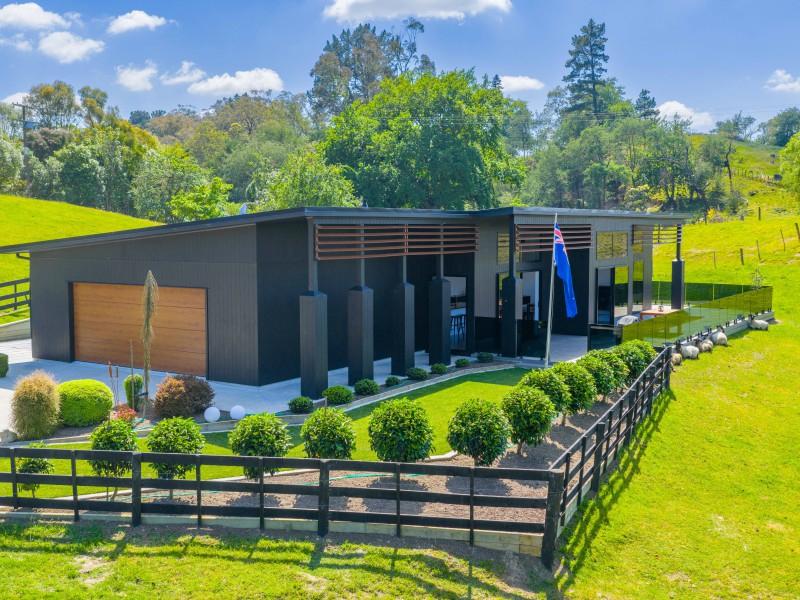
 By Negotiation
By Negotiation



 Marketed by Matt Oliver
Marketed by Matt Oliver
© Neighbourly 2025
